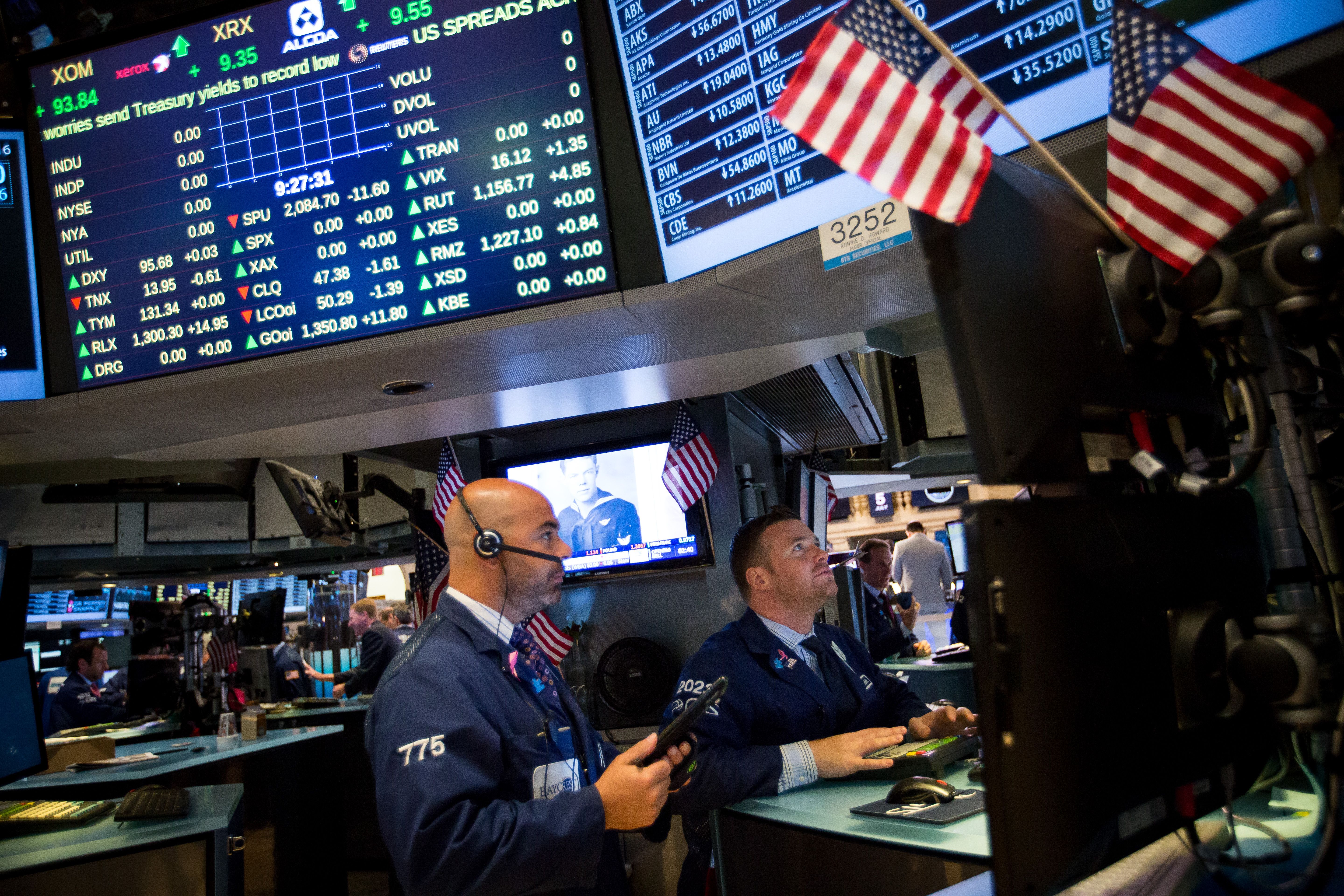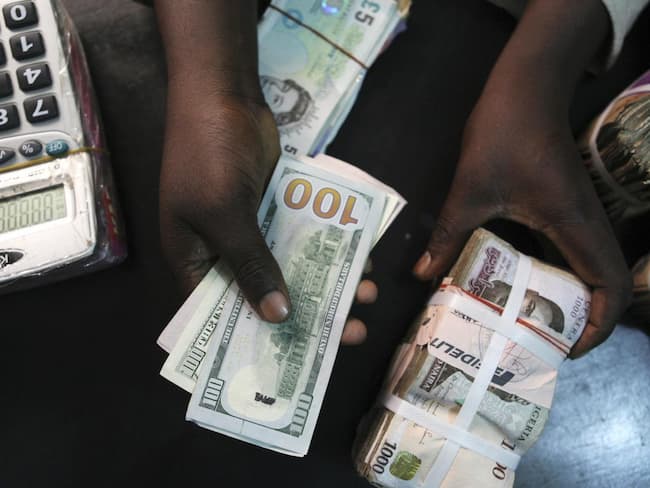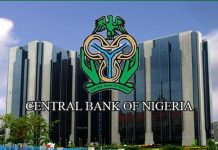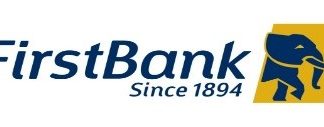Record-high world stocks paused on Tuesday, September 19, and the dollar dipped, as investors waited for signals from the Federal Reserve on when it will start shrinking its balance sheet and nudge up U.S. interest rates again.
Tokyo’s Nikkei .N225 had surged 2 percent overnight having been closed on Monday when Wall Street and MSCI’s 47-country All World index .MIWD00000PUS hit fresh all-time peaks, but elsewhere bourses seemed ready for a breather.
S&P 500 ESc1 and Dow futures 1YMc1 pointed to a fractionally higher start in New York as a small rise from London’s FTSE .FTSE helped Europe .FTEU3 claw back to flat, having spent the morning in and out of the red.
The pause came after eight days of gains in the previous nine, a more than 4 percent jump in the last three weeks and as investors shifted back into the euro EUR= and government debt instead.
An early flurry of activity had seen the euro pop to a near two-year high versus the Japanese yen of 134.14 yen EURJPY=. The Bank of Japan also meets this week but unlike the Fed is expected to signal it will keep its stimulus at full thrust.
JP Morgan Asset Management portfolio manager Iain Stealey said markets were now fully set for the Fed, which starts a two-day meeting later in the day, to officially announce it will cut, or taper, the amount it re-invests from its $4.2 trillion crisis-era portfolio of bonds.
“They have already announced the amounts they are going to start with, $10 billion on a monthly basis and probably starting over the next month or so,” Stealey said.
“What may be more important to keep an eye on is the dot-plot. We still think they will have the dots set up to expect one more hike this year, which will obviously be in December, and three next year.” Markets currently price in two at most.
Elevated risk appetite in Europe meanwhile saw the gap between Portuguese and Italian 10-year government bond yields narrow to levels not seen since the start of the euro zone debt crisis of 2010-2012.
That followed a strong rally in Portuguese debt over the last two sessions, after S&P became the first major ratings agency to give the country back an investment grade rating, more than five years after it first sank into junk territory.
A fast-charging euro then hit its highest against the Swiss franc EURCHF= since the Swiss National Bank sent markets into shock in early 2015 when, without warning, it removed a cap it had been using to control the franc.
Analysts said the franc could weaken further against the euro too as long as the United States continued to favor a diplomatic solution in the standoff with North Korea.
The small rise in Wall Street futures came after the S&P 500 and Dow had both eked out new peaks on Monday despite some late pressure on big tech stocks.
Economic data later in the day includes the Commerce Department’s report on monthly housing starts, due at 8:30 a.m. ET. It is likely to show the rate of homebuilding was little changed August, Reuters reports.
Investors were also debating any potential market impact from a possible snap election in Japan.













